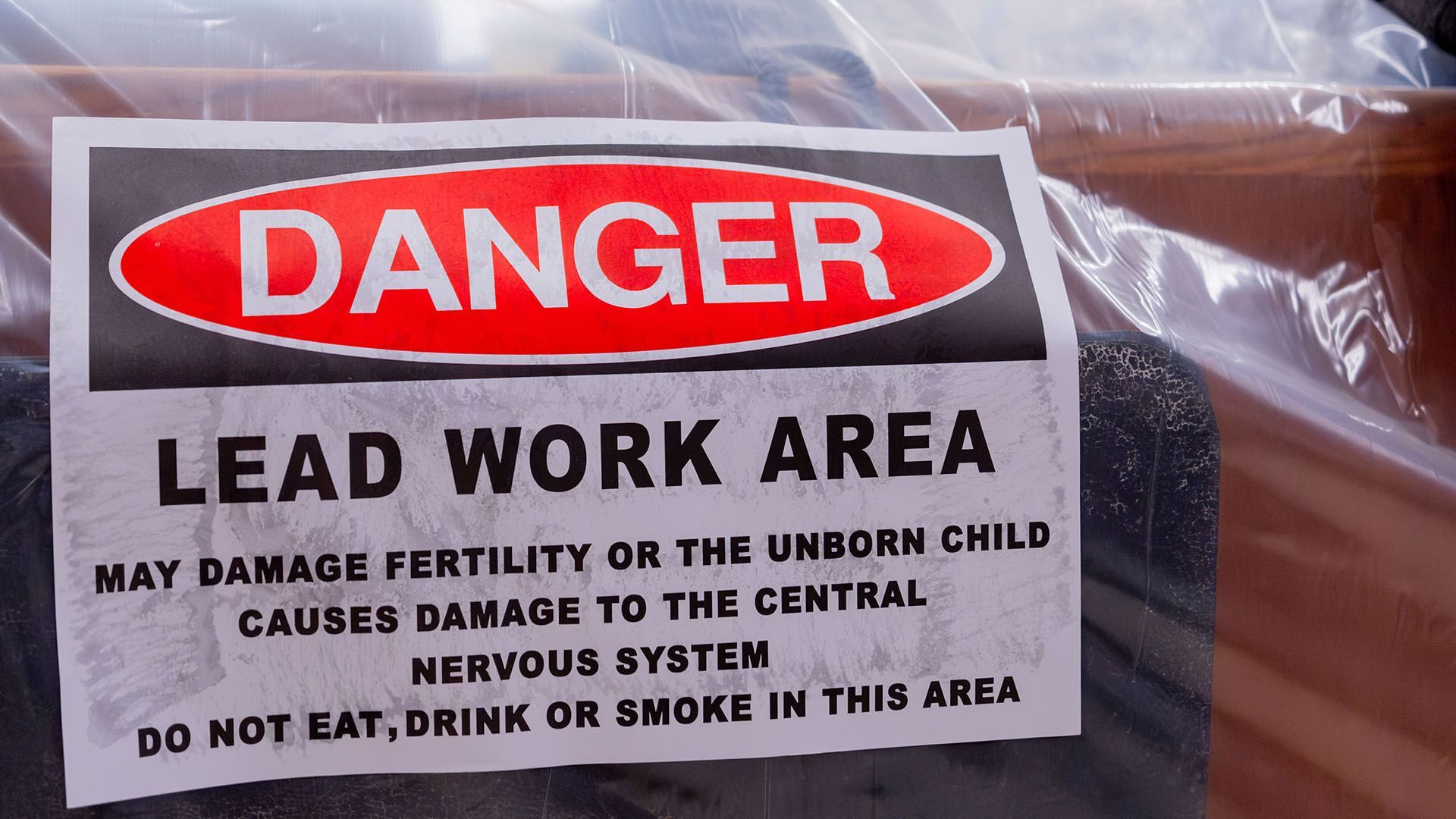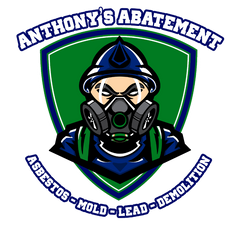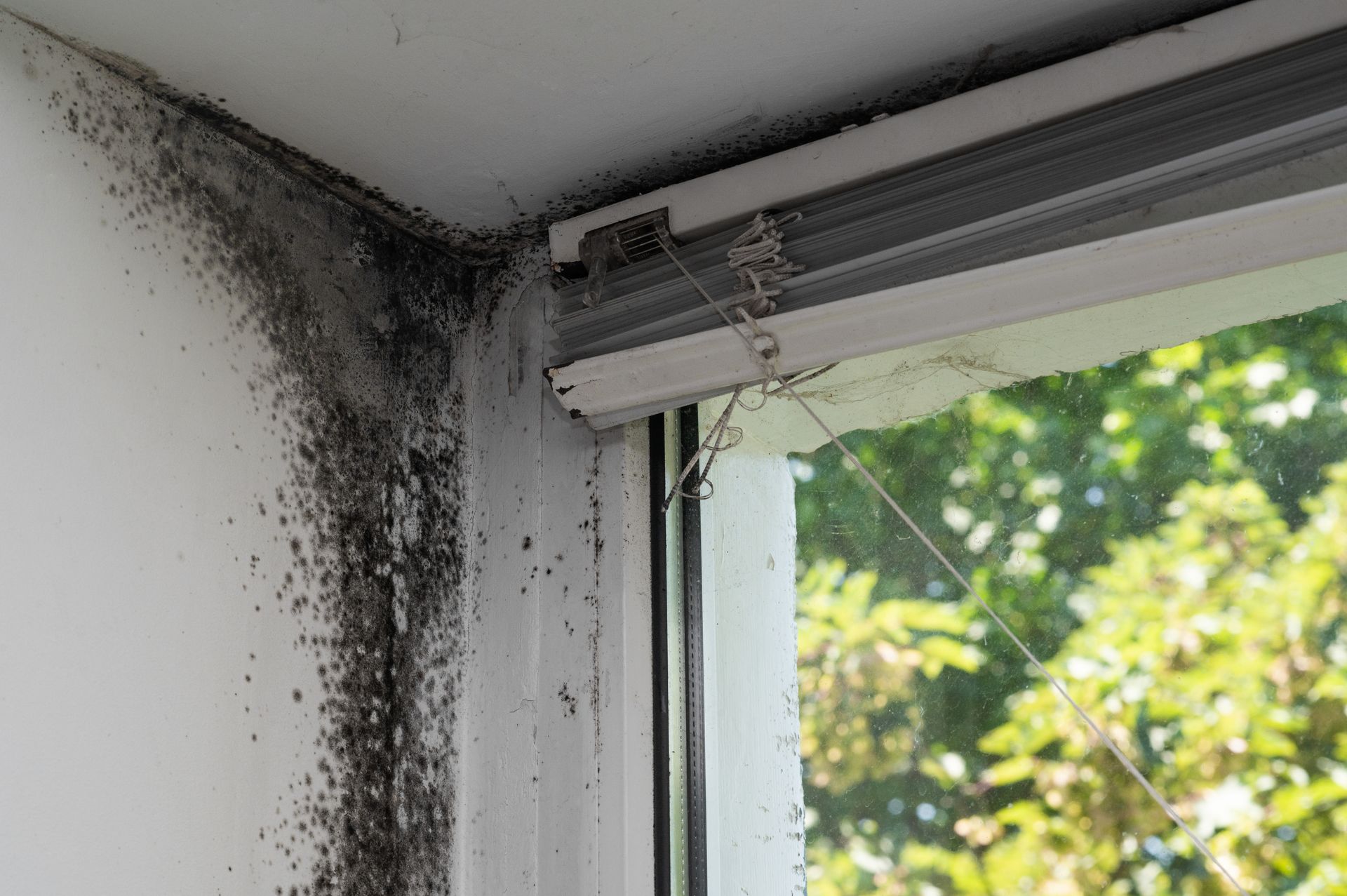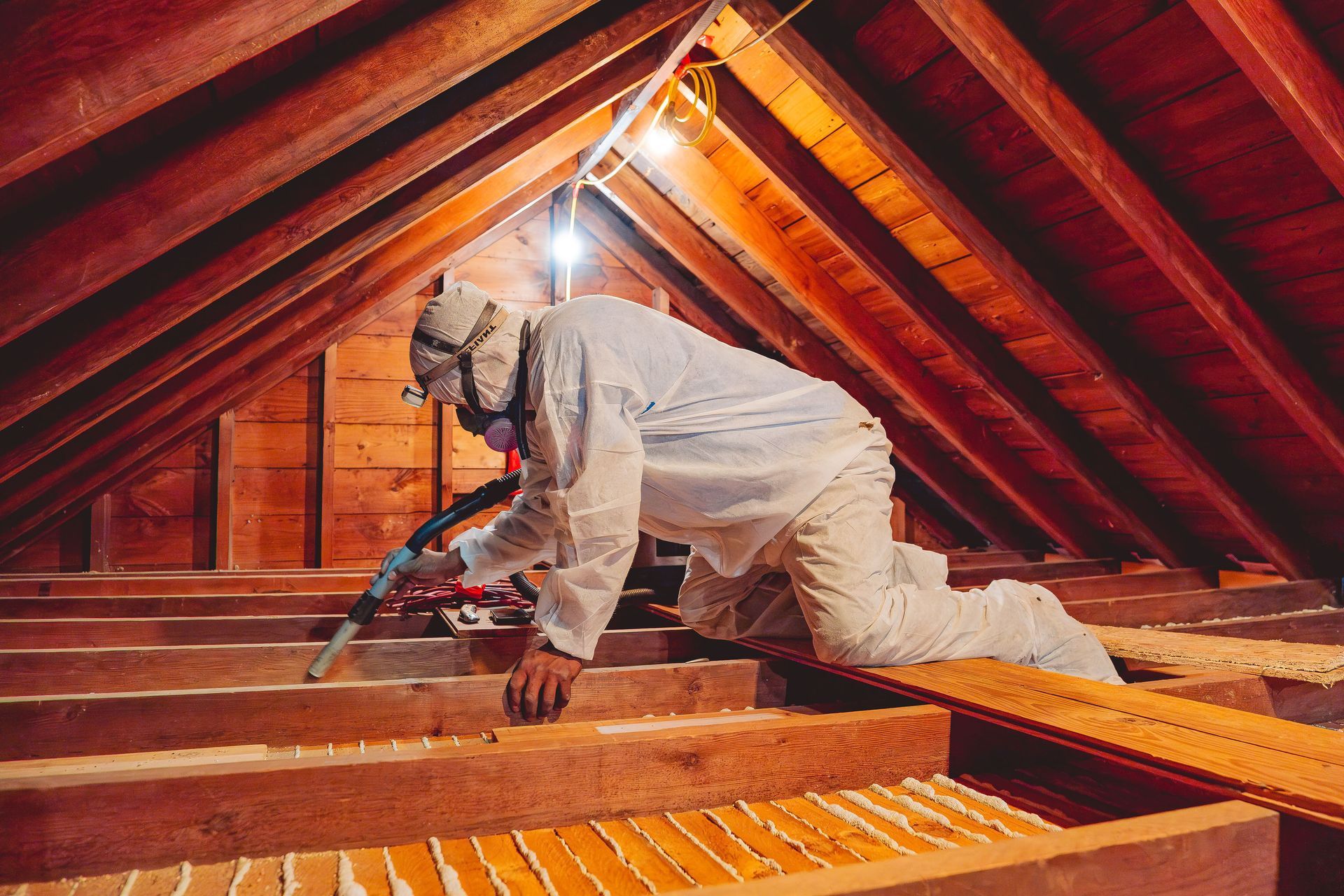Don’t Paint Over Lead Paint Until You Read This
Painting over lead paint might seem like a quick fix—but is it safe? Lead paint, commonly used in homes built before 1978, poses serious health risks, especially to children and pregnant women. Fortunately, there are ways to manage it safely, including encapsulation. In this blog, we'll explore how to safely paint over lead paint, when it's appropriate, and what precautions you should take.

What is Lead Paint Encapsulation?
Lead paint encapsulation involves covering the existing lead-based paint with a specially formulated coating that seals in the lead particles. This is one of the EPA-recommended methods for lead hazard control and can be a cost-effective alternative to full paint removal—if done correctly.
Key Benefits:
- Less expensive than removal
- Minimal disruption to the property
- Effective barrier if the existing paint is intact and surfaces are in good condition
When Can You Paint Over Lead Paint?
You can paint over lead paint only if the existing surface is in good condition—meaning no peeling, chipping, or flaking. Painting over deteriorated lead paint without proper preparation can actually make the problem worse by releasing harmful dust.
Not suitable if:
- Paint is peeling or cracking
- Surfaces are subject to wear and tear (like windowsills or floors)
- Moisture problems exist
Lead-Safe Painting Practices
Whether you're a DIYer or hiring a professional, always follow lead-safe painting practices:
- Use plastic sheeting to contain dust and debris
- Wet-sand surfaces to reduce dust
- Wear protective clothing and respirators
- Use HEPA vacuums for cleanup
- Never dry-sand or torch lead paint
Certified contractors under the EPA’s Renovation, Repair, and Painting (RRP) Rule are trained to handle these conditions properly.
Can You Encapsulate External Peeling Lead Paint?
Encapsulation on exterior surfaces is more complex. Outdoor elements—rain, sun, and temperature changes—can degrade the encapsulant over time. If the lead paint is peeling, it's not a good candidate for encapsulation. Instead, it may require lead paint removal or enclosure using approved methods.
When to Call a Professional
If you're unsure whether encapsulation is right for your home, it's best to call a certified lead abatement contractor. They can assess the condition of your paint, determine the safest method of containment, and perform the work according to strict safety guidelines.
Conclusion
Painting over lead paint can be a safe and effective solution—but only under the right conditions. If you're considering it, make sure the surface is intact, use the right encapsulant, and always follow lead-safe practices. When in doubt, trust professionals trained in lead paint management to protect your home and family.
Need help with lead paint encapsulation? Contact Anthony’s Abatement for a certified evaluation and safe remediation.














